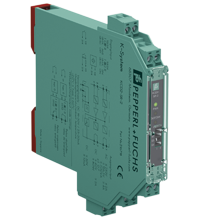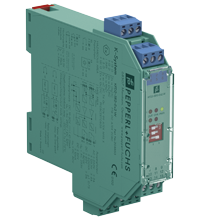Get in touch
enquiry@pcpelectric.sg
0
Switch Amplifier
In process automation, a switch amplifier, also known as a switching amplifier or switch-mode amplifier, is a type of signal conditioning device used to convert and amplify signals for control or monitoring purposes. Here’s a general overview of how they are used and their benefits:
Functionality
- Signal Conditioning: Switch amplifiers are used to amplify weak signals from sensors or other devices, making them suitable for further processing or control.
- Switching: They can switch between different states or levels based on the input signal. This is useful for triggering alarms, activating relays, or controlling other devices.
Benefits
- Accuracy: By amplifying weak signals, switch amplifiers help ensure that measurements are accurate and reliable.
- Signal Conversion: They often convert analog signals into digital signals or adjust signal levels to match the requirements of subsequent processing stages.
- Versatility: They can handle various types of input signals and are often configurable to suit different applications.
Applications
- Control Systems: Used in industrial control systems to interface sensors with control units, ensuring that the signals are correctly interpreted and acted upon.
- Monitoring: In process monitoring, they help in amplifying and converting signals from instruments to be used for data logging or real-time analysis.
- Alarm Systems: They can be used in alarm systems to trigger alarms based on specific signal thresholds.
Considerations
- Signal Type: Ensure the switch amplifier is compatible with the type of signal you are working with (e.g., analog, digital).
- Response Time: Choose a switch amplifier with a response time suitable for your application’s speed requirements.
- Accuracy and Precision: Select a device that meets the accuracy and precision needs of your process.
If you have specific requirements or applications in mind, I can provide more detailed recommendations.
Display prices in:
SGD



